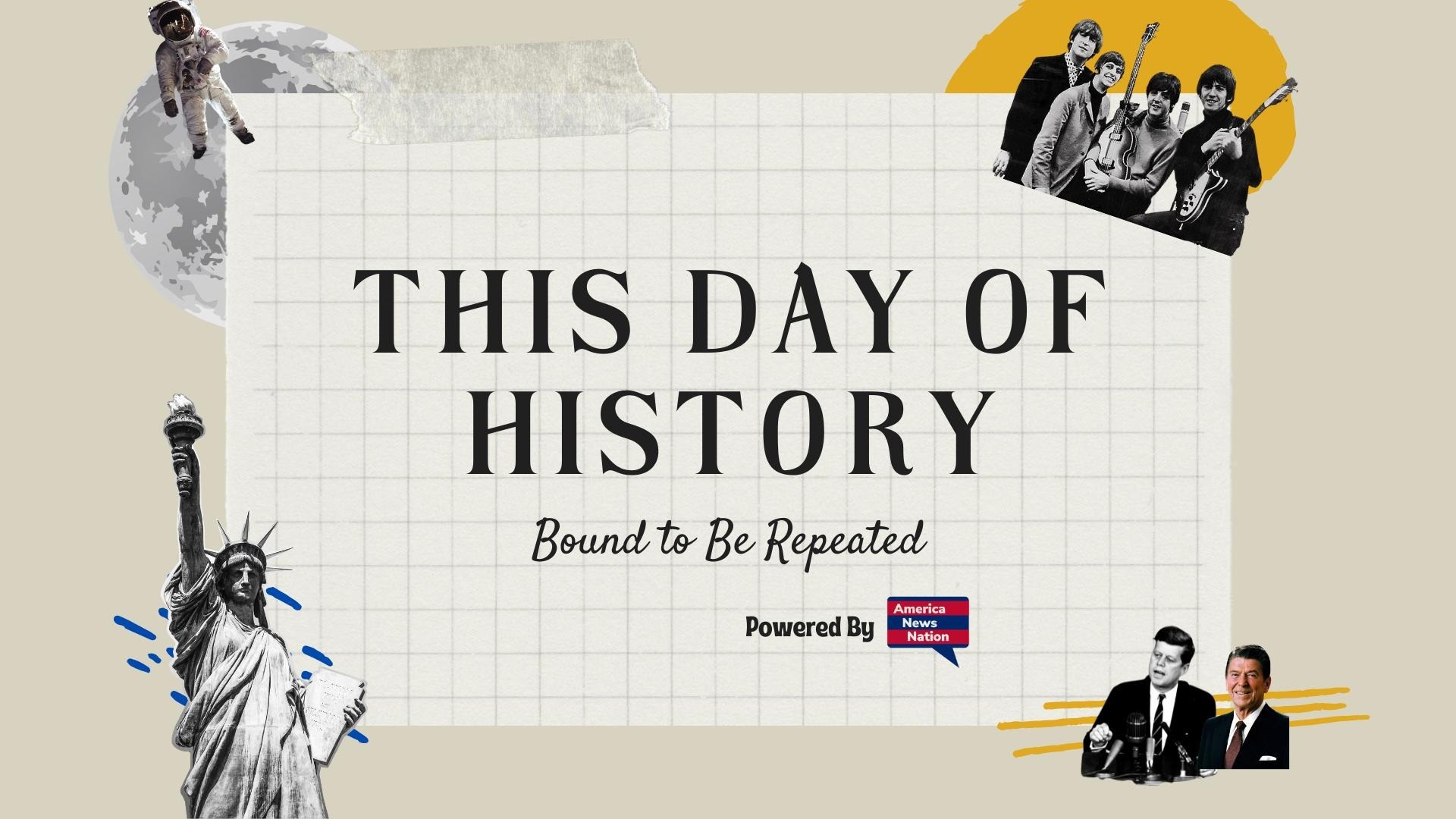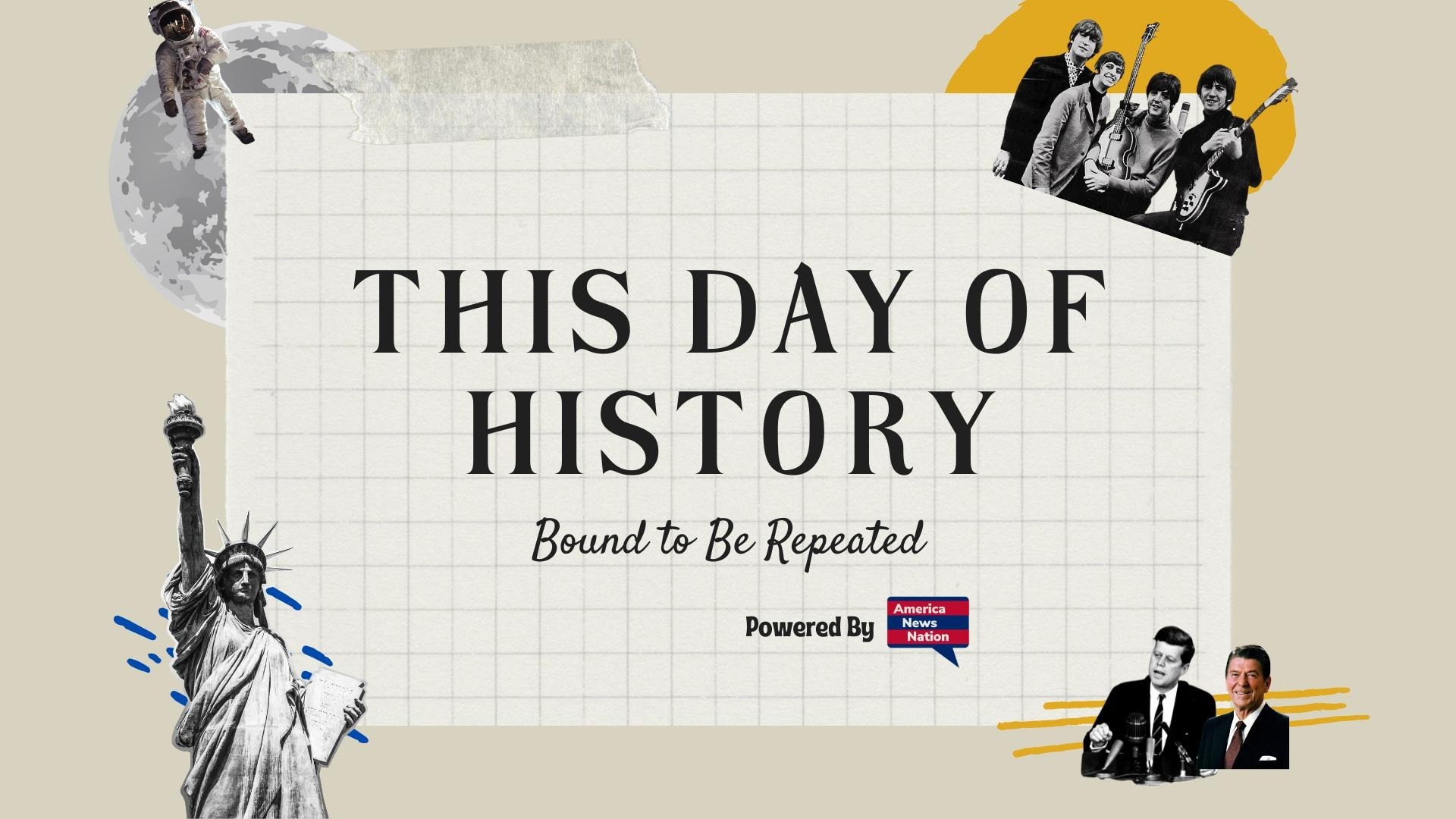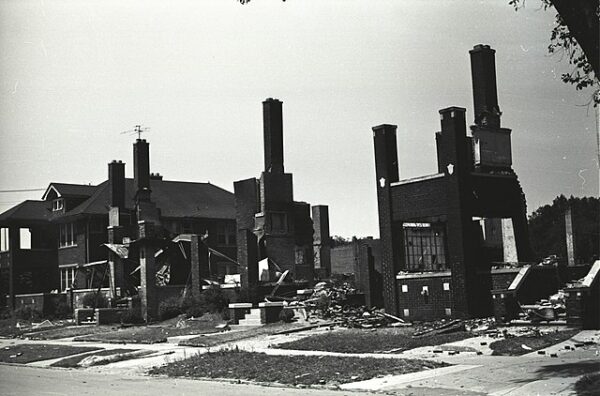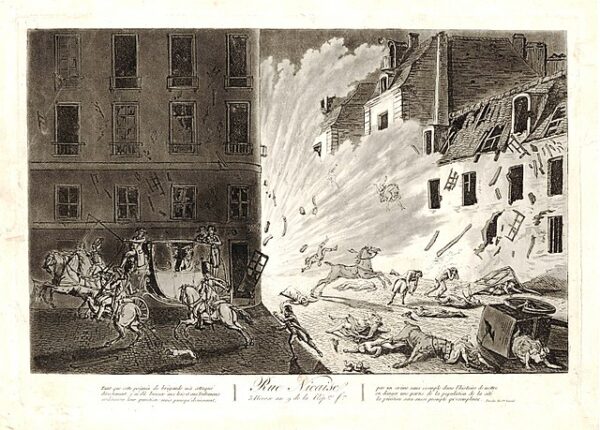On July 23, 1967, in the heart of Detroit’s predominantly African American inner city, a police raid on an unlicensed after-hours bar ignited one of the most violent and destructive civil disturbances in American history. Known as the Detroit Riots or the 12th Street Riot, the five-day upheaval left 43 people dead, more than 1,000 injured, and over 7,000 arrested. Some 1,400 buildings were burned or looted, and entire city blocks were reduced to rubble. The scale of the violence shocked the nation and laid bare the growing racial, economic, and political fissures that had long been festering in urban America.
The spark came shortly after 3 a.m. on that Sunday morning when Detroit police officers raided the “blind pig” — a makeshift, illegal bar — located above a print shop on 12th Street and Clairmount Avenue. Inside were 82 patrons, gathered to celebrate the return of two Vietnam War veterans. Rather than simply dispersing the crowd, officers began making arrests, loading dozens of people into paddy wagons. A crowd gathered on the sidewalk, and tensions mounted. As the last arrestees were loaded into vans, someone threw a bottle at a patrol car. Within hours, looting began, store windows were smashed, and flames lit the sky. By sunrise, the neighborhood was in chaos.
What followed was a breakdown of civil order. Local police were quickly overwhelmed. Firefighters responding to arson calls were pelted with rocks and bricks. Looting spread rapidly as residents—many of whom had long felt excluded from the city’s economic prosperity—emptied storefronts along 12th Street and beyond. Within 48 hours, Michigan Governor George Romney activated the National Guard, but their presence failed to halt the destruction. President Lyndon B. Johnson, after considerable pressure from Detroit officials, deployed federal troops, including airborne divisions, to restore order.
The scale of the violence was staggering. Over the course of five days, more than 2,500 stores were looted. Fires destroyed apartment buildings, small businesses, and entire commercial strips, particularly in the city’s near west side. Sniper fire was reported throughout the city. Tanks and armored vehicles patrolled the streets as soldiers enforced curfews and sought to suppress unrest. Fear gripped the city. Police and military forces, many unfamiliar with Detroit’s neighborhoods, responded with escalating force. Of the 43 people killed, the majority were African American, and several were shot in the back or under questionable circumstances, fueling accusations of police brutality.
But the roots of the Detroit Riots ran far deeper than the raid on the blind pig. Throughout the 1950s and 1960s, Detroit’s African American population had grown rapidly, spurred by the Great Migration and the lure of automotive industry jobs. Yet this demographic shift coincided with the departure of white residents to the suburbs, disinvestment in inner-city neighborhoods, and rising racial tension. Black Detroiters faced widespread discrimination in housing, employment, and policing. Segregation was rampant. The city’s police force was almost entirely white, and reports of brutality and racial profiling were common.
Despite some signs of progress—such as a growing Black middle class and the emergence of Black-owned businesses—many African Americans felt excluded from the benefits of postwar prosperity. High unemployment, especially among Black youth, inadequate housing, and a lack of political representation only deepened frustration. The Kerner Commission, established by President Johnson in the wake of the riots, would later conclude that the nation was “moving toward two societies, one Black, one white—separate and unequal.”
In Detroit, the aftermath of the riot left scars that would linger for decades. White flight accelerated dramatically, and investment in the city core declined precipitously. Insurance companies refused to write policies in the affected neighborhoods. The city’s population began a long-term decline, and racial polarization intensified. What began as an explosion of anger in one neighborhood ended as a symbol of urban collapse.






